#新良first Baking Contest# Ke Song
1.
Set aside a part of the water in the formula to make adjustment water, generally 5-10g, except for yeast and yellow flakes, put other materials into the bread machine
2.
Turn on the bread machine kneading function
3.
The dough is kneaded until smooth and has very good ductility.
4.
Arrange the dough into a rectangular shape of uniform thickness, wrap it in plastic wrap and put it in the refrigerator for two hours or freeze for 20 minutes
5.
The sliced yellow was beaten to be softer and then rolled into a square with uniform thickness and placed in the refrigerator.
6.
Take out the dough, press it horizontally and vertically with a rolling pin, and then roll it evenly to the four corners. Take out the yellow piece and tap it gently. The hardness is similar to the dough, but it cannot be as hard as the dough. It will not be folded or melted when bent by hand.
7.
Put the yellow piece on the dough and wrap it with four corners, without air entrapment.
8.
Press the upper and lower ends of the rolling pin, and roll it up and down evenly and forcefully. Make sure that the yellow piece is rolled out together with the dough.
9.
Fold the two ends in half, then fold in half to form a quarter fold
10.
40% off for the second time. The back roll is 20 by 40 and the thickness is between 3-4mm.
11.
Cut the face into an isosceles triangle with a base of 10 waists and 18 waists. Roll up the bottom of the triangle and gently fold it into a croissant roll.
12.
Don't roll it too tightly, because the bottom is easy to break after baking. Brush the egg liquid and leave it to ferment for 1.5 hours at no more than 30 degrees and 70 degrees!
13.
Shake the baking tray after the fermentation is complete, the croissant will shake slightly, and a slight mark will be left when you press it gently with your fingers, and then brush the egg liquid!
14.
Preheat the oven at 220 degrees and bake for 10 minutes, then change to 180 and continue for 15 minutes.
15.
Croissant
16.
Sliced croissant
Tips:
1. The room temperature should not exceed 20 degrees,
2. If you knead the dough for a long time, you can freeze it first to prevent fermentation and strengthen the gluten, resulting in poor rolling and folding.
3. It should be refrigerated immediately if there is any retraction during the rolling process. If the edges of the dough are broken or the dough is found to be hard and difficult to roll, it should not be rolled out hard and should be loosened.
4. Enough fermentation! When kneading, rolling and folding, the noodles will increase the gluten, and if you master it well, it will cause weakness to expand.


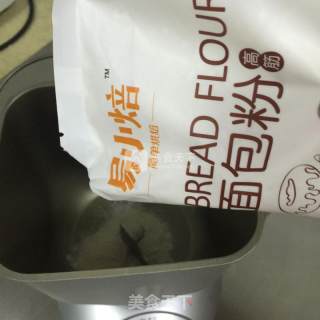
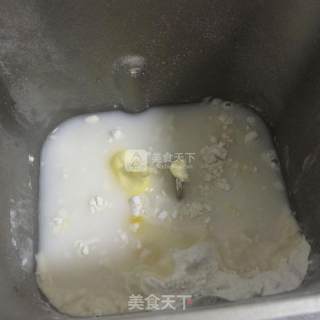
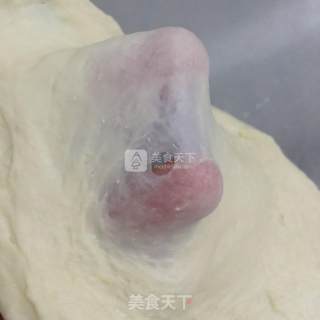
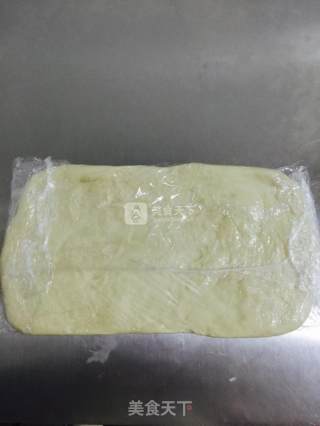
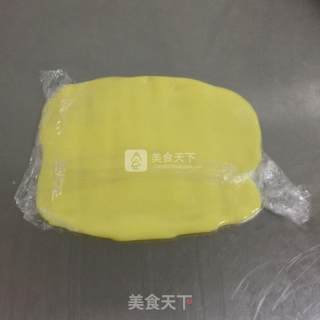
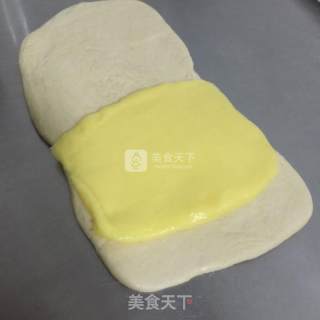
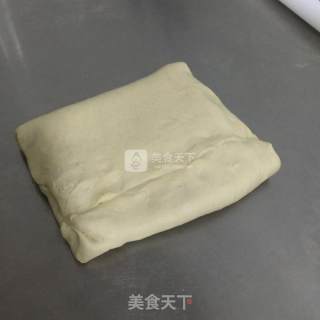
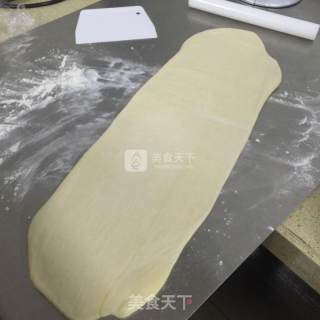
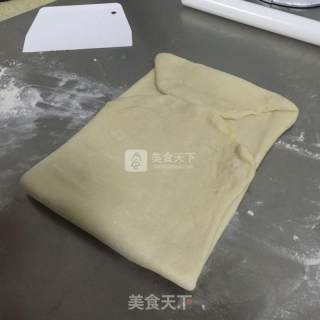
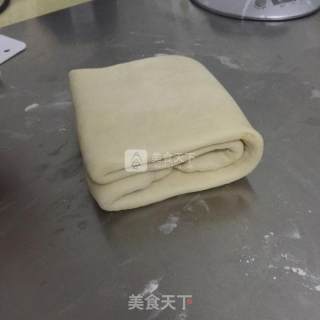
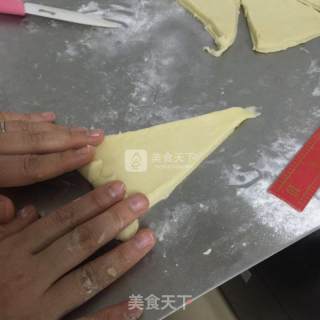
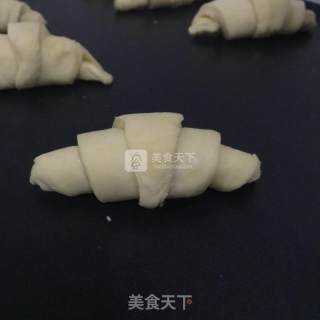
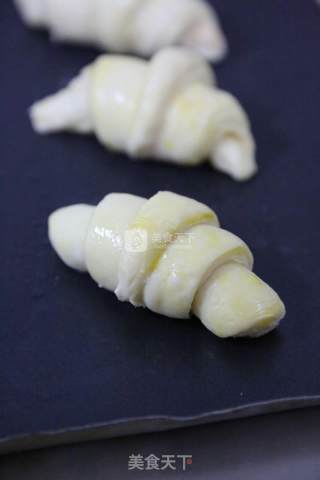


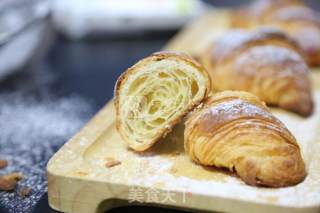


![Seasonal Vegetable Patties [baby Food Supplement] recipe](https://img.simplechinesefood.com/02/024b910033009872aea33017c755a377.jpg)




